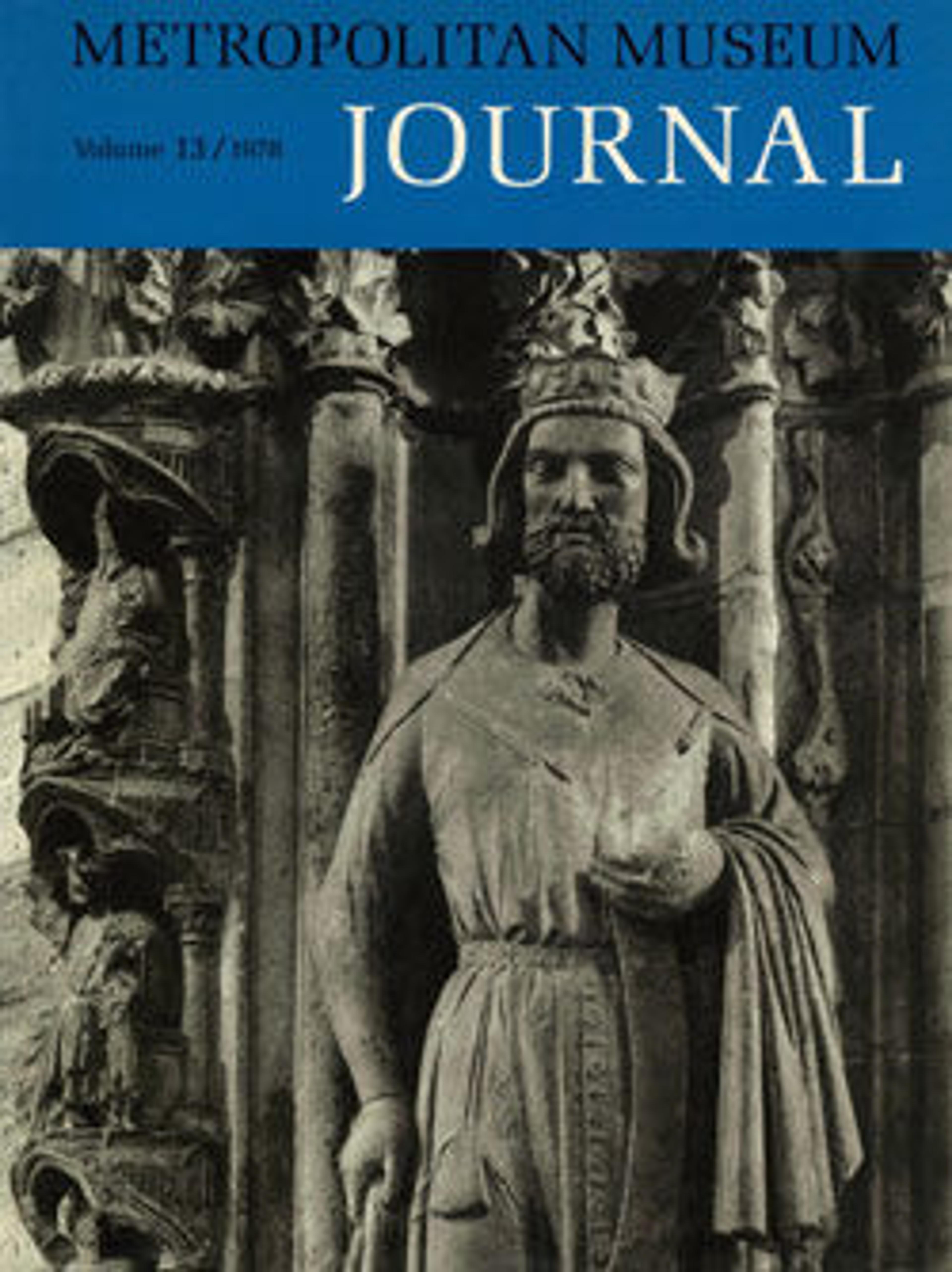Polygonal Virginal converted to a Tangent Piano
Technical description: Pentagonal cypress inner case with softwood bottom, cypress soundboard with fine parchment-backed cypress-veneer rose, nameboard cut down slightly and possibly not original (lap-joint in center), moldings and name board studded with ivory buttons, panel above nameboard decorated with applied ornaments (many missing) of later origin; rectangular lidded outer case (probably later) painted red with ornamental scrollwork, festooned masks, birds and animals, having lidded triangular compartments along back and right side, with a framed fabric pentagonal panel (later) serving as dust cover; compass: c/e-a3 (no g#3), assumed pitch 4' (41 keys); bone naturals, ebony accidentals, black and white ivory studs at rear ends of key covers; jack rail missing but brackets present; oblong unpierced tuning pins; virginal jacks removed and replaced with leather-topped "tangents" or free jacks that strike and rebound from strings; 8 additional tangents found in an outer case compartment; 4 of these, of different wood than the others, are unleathered and have tiny leather dampers supported by brass wire.
Artwork Details
- Title:Polygonal Virginal converted to a Tangent Piano
- Maker:Franciscus Bonafinis
- Date:1585 or 1587; converted in 1717
- Geography:Italy
- Culture:Italian
- Medium:Cypress, ebony, ivory, various materials
- Dimensions:Case length: 31.7 cm
- Classification:Chordophone-Zither
- Credit Line:The Crosby Brown Collection of Musical Instruments, 1889
- Object Number:89.4.2765
- Curatorial Department: Musical Instruments
More Artwork
Research Resources
The Met provides unparalleled resources for research and welcomes an international community of students and scholars. The Met's Open Access API is where creators and researchers can connect to the The Met collection. Open Access data and public domain images are available for unrestricted commercial and noncommercial use without permission or fee.
To request images under copyright and other restrictions, please use this Image Request form.
Feedback
We continue to research and examine historical and cultural context for objects in The Met collection. If you have comments or questions about this object record, please contact us using the form below. The Museum looks forward to receiving your comments.
